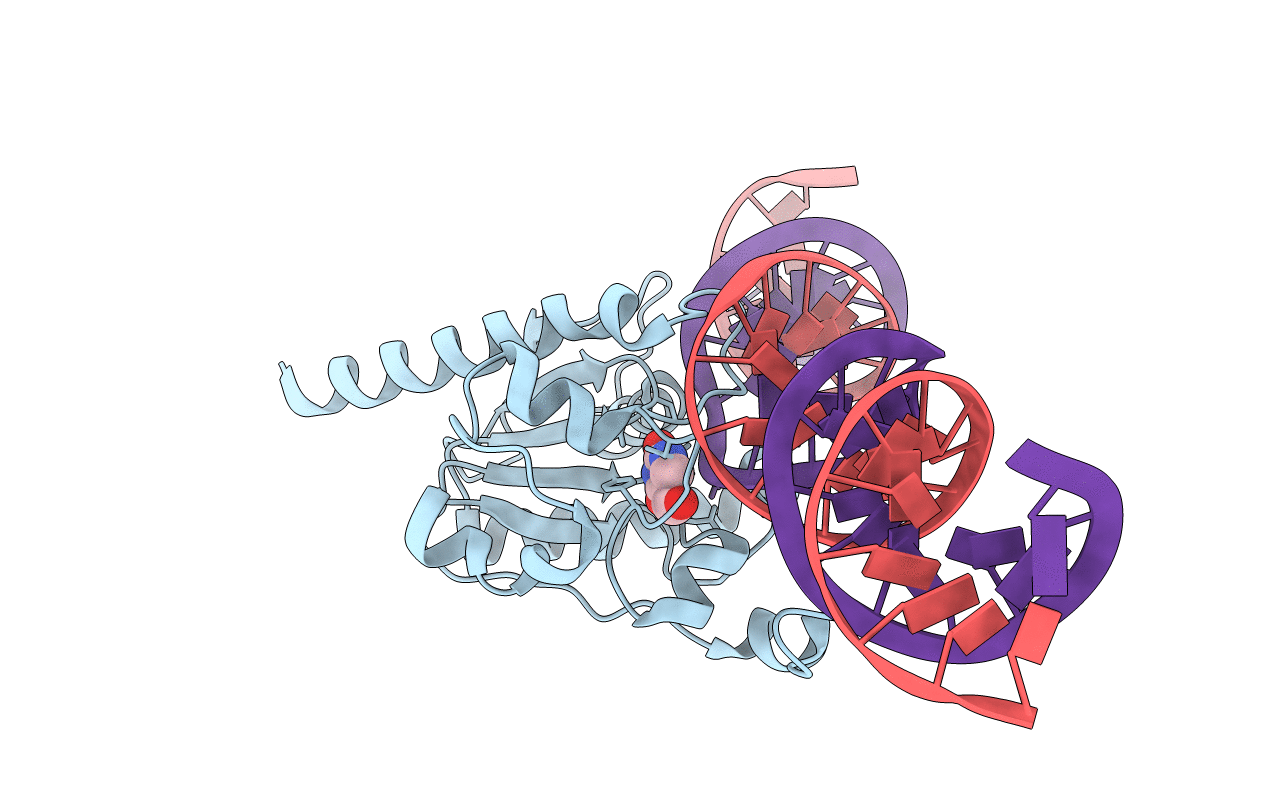
Deposition Date
2012-06-19
Release Date
2012-09-19
Last Version Date
2023-09-13
Entry Detail
PDB ID:
4FNC
Keywords:
Title:
Human TDG in a post-reactive complex with 5-hydroxymethyluracil (5hmU)
Biological Source:
Source Organism:
Homo sapiens (Taxon ID: 9606)
Host Organism:
Method Details:
Experimental Method:
Resolution:
2.49 Å
R-Value Free:
0.26
R-Value Work:
0.22
R-Value Observed:
0.22
Space Group:
C 1 2 1


